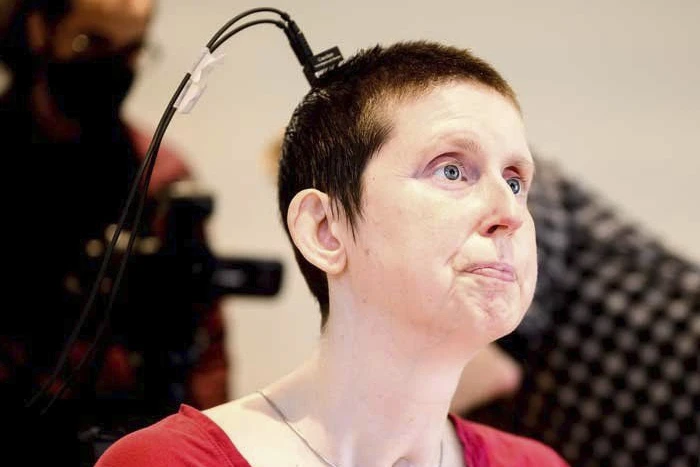Thoughts to Speech: The Brain Implant Giving Voices Back

Thoughts to speech is now a reality, thanks to a groundbreaking brain implant that converts brain signals into words. This advanced brain-computer interface (BCI) allows individuals with paralysis or speech loss to communicate faster and more naturally. By decoding neural activity, the technology bridges the gap between thought and spoken language, offering a new level of independence.
Researchers have developed a brain-computer interface (BCI) that enables individuals with paralysis to communicate using their thoughts. This technology translates neural activity into speech, offering a new avenue for those who have lost the ability to speak.
In a recent study, Ann Johnson, a 47-year-old woman who lost her speech following a stroke 18 years ago, became the first participant to use this system. Researchers implanted an array of 253 electrodes on the surface of her brain to monitor neural activity associated with speech. An AI model then decoded these signals into words, allowing Ann to produce speech from her thoughts at a rate of 78 words per minute. The system also generated a digital avatar that mimicked Ann’s facial expressions, enhancing the naturalness of her communication.
This BCI system represents a significant improvement over previous technologies. Earlier devices allowed users to communicate at rates of 15 to 18 words per minute. They had relied on methods like selecting letters or words individually. The new system’s ability to decode speech at a faster rate brings users closer to natural conversational speeds.
The technology works by interpreting neural signals from the speech-related regions of the brain. When a person attempts to speak, even without moving their mouth, the BCI captures these signals and converts them into text or synthesized speech. This process involves training AI algorithms to recognize patterns in brain activity associated with specific words and phrases.
Related News: How AI Tools Are Helping People Make Money Online in 2025
While the current system requires implanted electrodes, researchers are working towards non-invasive methods. The goal is to develop BCIs that do not require surgical implantation, making the technology accessible to a broader range of patients. Additionally, efforts are underway to enhance the system’s accuracy and expand its vocabulary. So as to further improve communication for individuals with speech impairments.
This advancement holds promise for restoring a vital aspect of identity and independence to individuals affected by paralysis. By enabling thought-to-speech translation, the technology offers hope for more natural and efficient communication in the future.
Read More: Diaspora Lens




